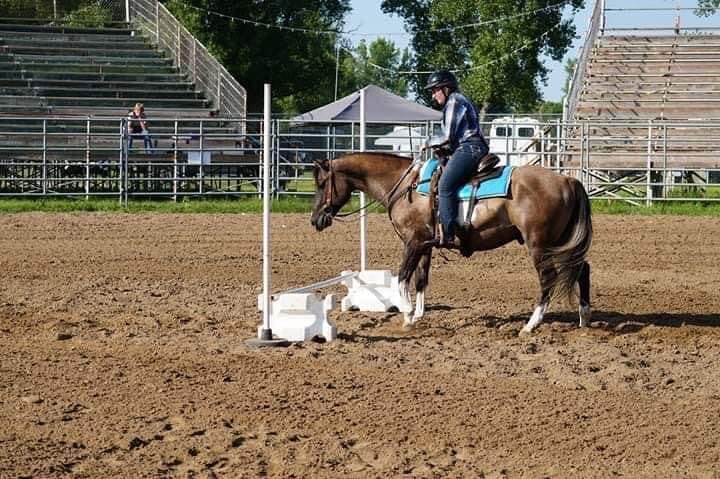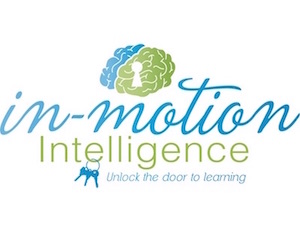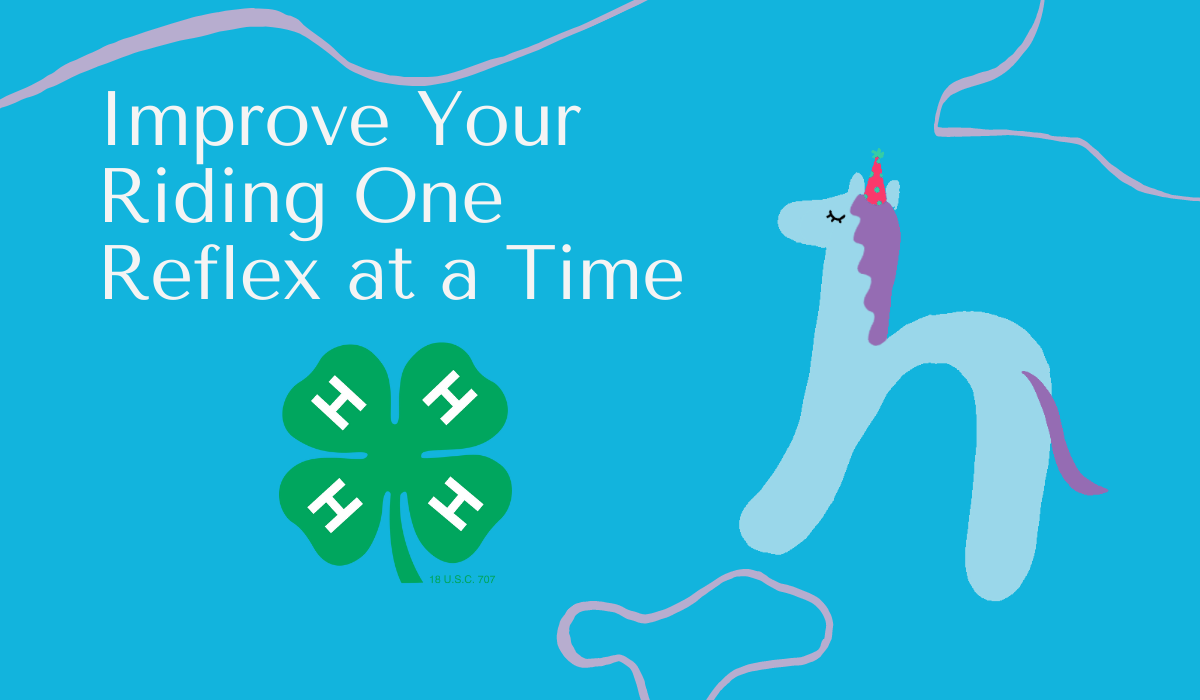Jumping Figure 8. The rider is in the warm-up arena reliving all the times the horse has evaded the jump—either swerving left or right OR slamming on the brakes at the very last second sending the rider up over the saddle horn. There is emotion in the rider’s voice. While retelling those stories: the posture shrinks, breath shortens, and the voice rises.
 The body, in its wisdom, prepares for the upcoming Jumping Figure 8 event. It responds to the storytelling by tightening the tendons and holding back “just in case”. The horse, in its wisdom, senses the
The body, in its wisdom, prepares for the upcoming Jumping Figure 8 event. It responds to the storytelling by tightening the tendons and holding back “just in case”. The horse, in its wisdom, senses the
incoherence in the messaging. The rider may verbally tell the horse to “Go” but physically is communicating a different (often unconscious) desire.
It is times such as this that I like to reflect on the reflexes active in the brain stem. I enjoy refining my observation skills as I wonder about the rider’s muscle tension. There are simple strategies to support riders before and after an event, such as Jumping Figure 8. I was blessed to share my reflections with teens and adults at the MN 4-H Winter Round Up conference in January of 2022. Click here to view the animated slideshow.
One Reflex at a Time Starting with the Tendon Guard Reflex
In this article, we are focusing on the Tendon Guard Reflex. This lifelong reflex is all about guarding the tendons. It travels the entire length of the back of the body from the skull to the bottom of the foot, including the shoulders, low back, hamstrings, and calves. Hmmm, have you ever experienced tightness in any of those areas? Has the tendon guard been in overdrive as it strives to keep you physically or metaphorically safe? This guard’s job is to protect you.
The Lengthening Activities
During the Improve Your Riding session, the six Lengthening Activities from the Brain Gym® program were experienced. We briefly connected the Tendon Guard reflex to other dynamic and postural reflexes, such as Moro, Fear Paralysis and Asymmetric Tonic Neck reflexes. Then we connected the Tendon Guard to emotions: are we ever reckless? Or maybe the opposite: cautious? Do we ever feel anxiety or fear? Does hopelessness or contempt for what others do better than us run a repeating message in our heads? Using pre and post-checks, we gauged any changes in our posture, muscle awareness, breath-ability, etc, with each of the six movements.
What Was Noticed
The Arm Activation had one 16-year-old notice she flexed her hand unknowingly when it was over her head. Hmmm, how will that impact her calf roping? Another flexible athletic teenager recognized the Grounder as an activity she’s done with the bent leg up on a chair to further access the psoas muscle system. Parents were groaning from plenty of muscle activation without using a chair (LOL). Another experienced the receptive Footflex. Isn’t it awesome to learn strategies to support oneself? Isn’t it just as wonderful to be able to offer these strategies to a friend or a parent in times of stress? What about being on the receiving end of a strategy? “May I hold your shoulders while you turn your head?” (The Owl was LOVED by one of the committee members after a long conference day.)
I Don’t Ride; I Still Benefit
Now what? Some of these movements can be learned at my FREE Bootcamp–sign up below. All can be found in the Brain Gym® Teacher Edition. Others might be floating around the web. And they are not limited to benefitting people who ride horses. These are for all of us. My first Brain Gym® instructor incorporated these six activities into her bedtime routine to let go of any stress her muscles were holding onto from the day.
Stress or trauma, such as your horse refusing the jump, can put these reflexes in overdrive. You can re-educate the reflex response or you can reach out for help. I offer individual sessions in person or on Zoom. I am also available to repeat this workshop with your group (4-H, saddle club, or otherwise). Reach out!
Stay tuned next week for the other reflex presented in Improve Your Riding!
© 2022 Cindy Goldade, In-Motion Intelligence





